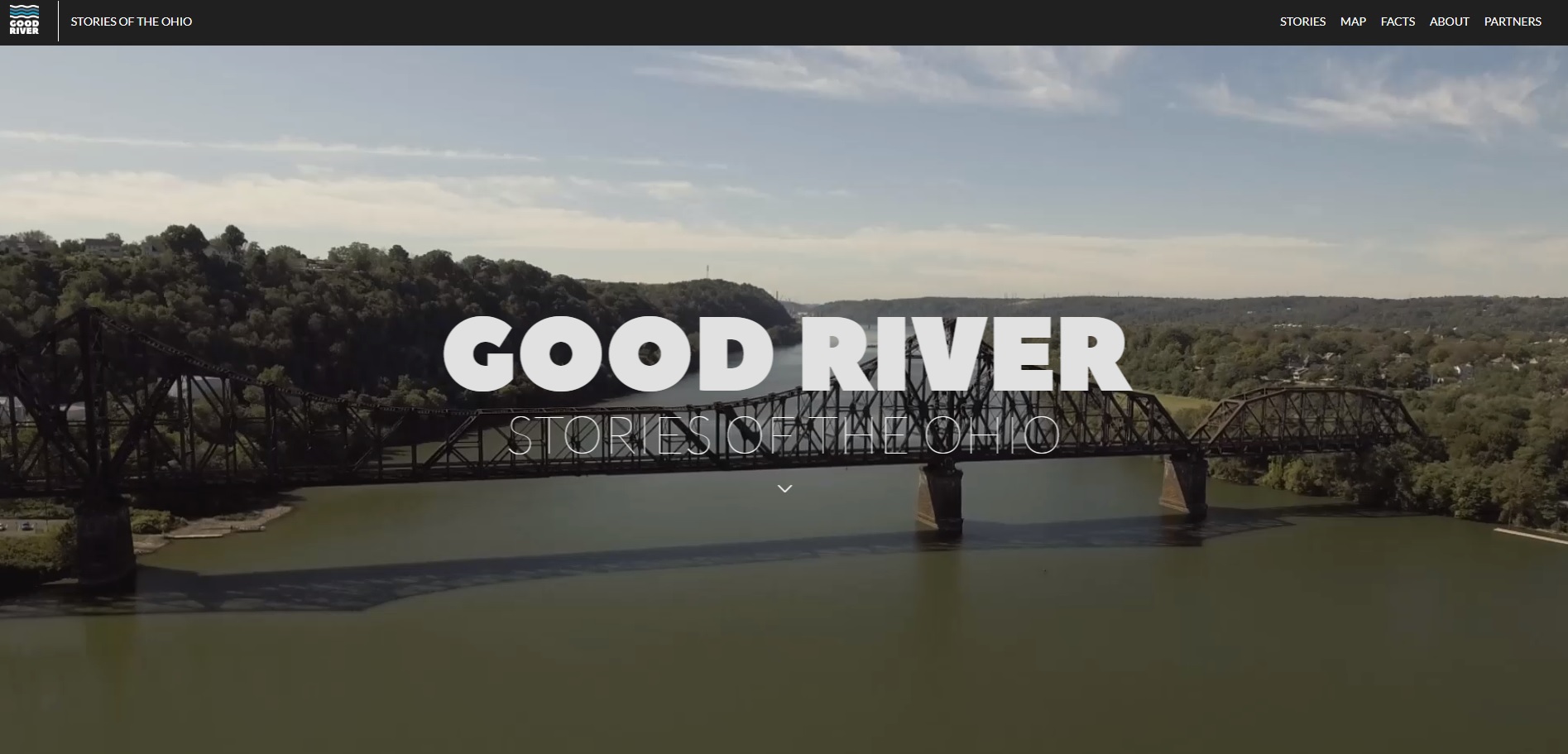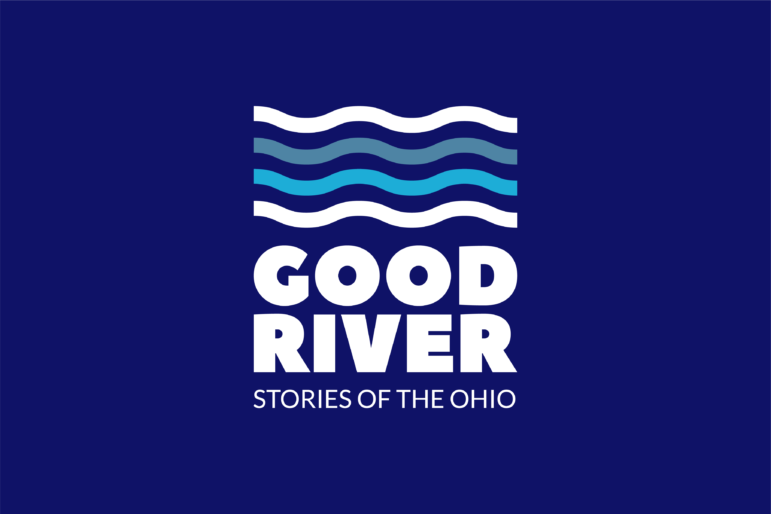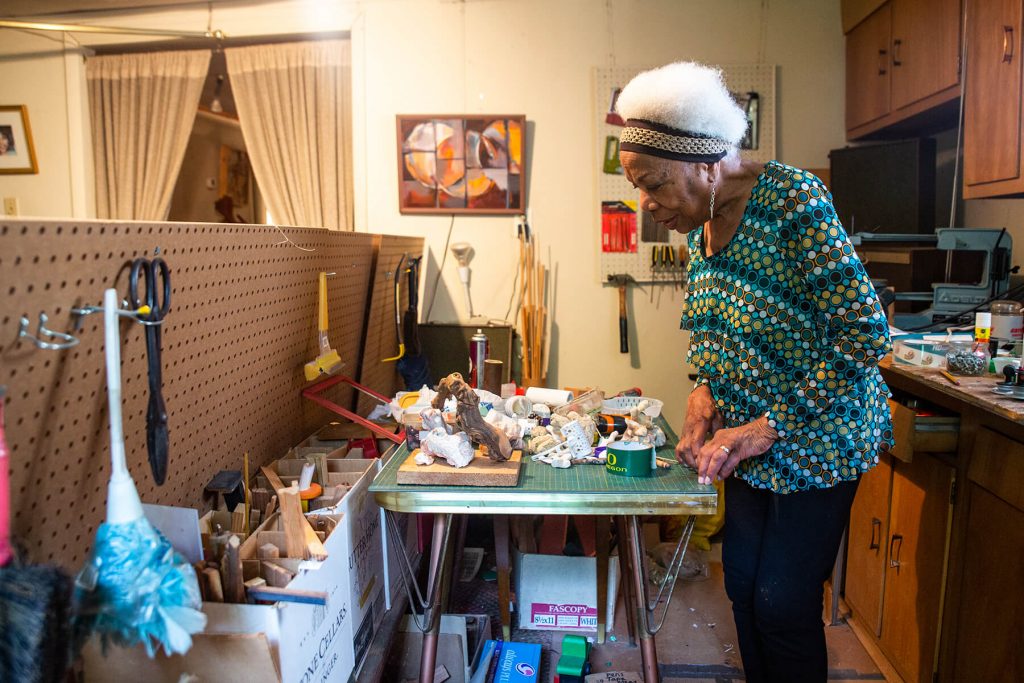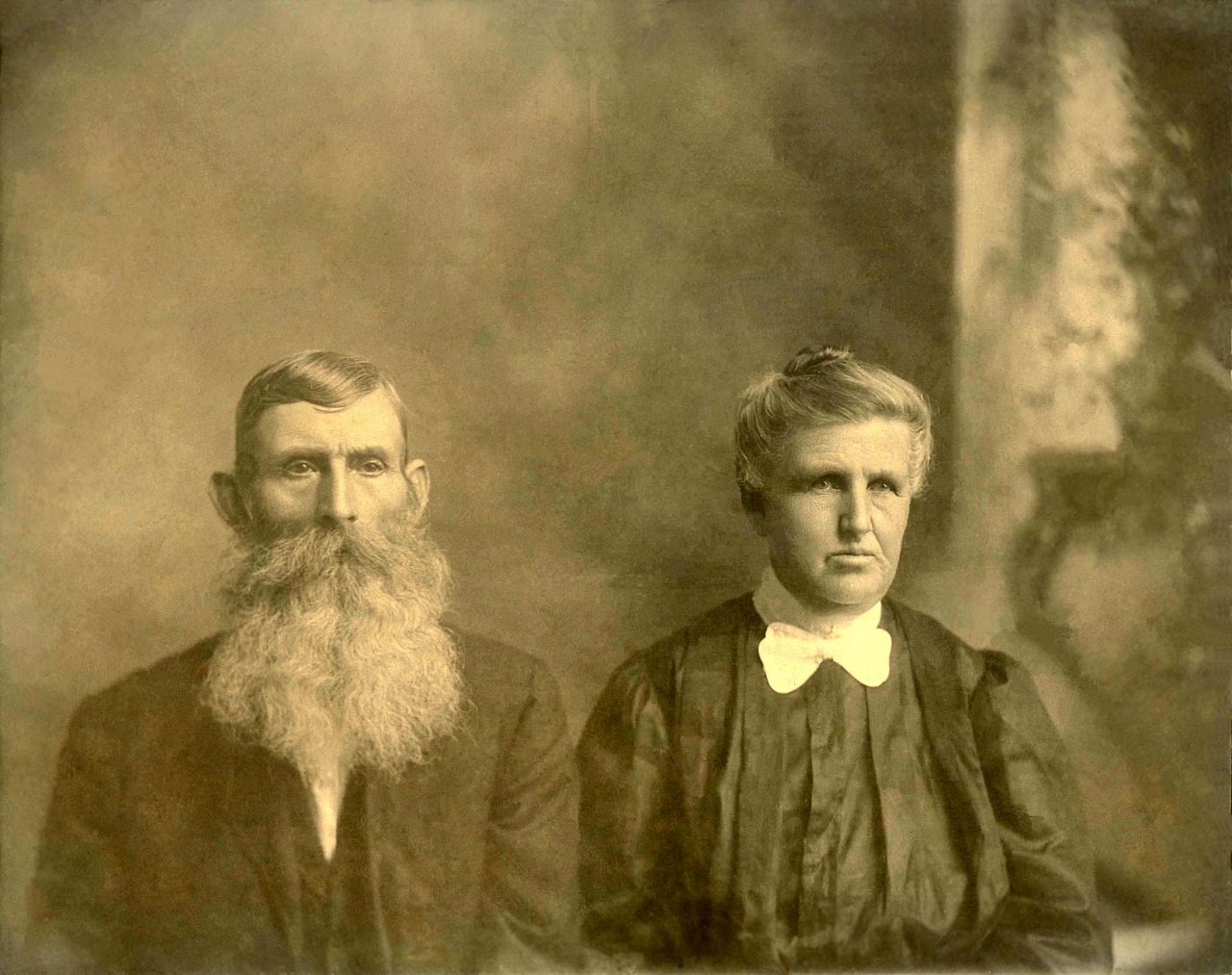Gallery with alias: PUBLIC_HISTORY_BLOG_POSTS not found
Stories of . . . History

STORIES TEACH US
Rudyard Kipling said, if history were told in the form of stories it would never be forgotten. We agree. Stories animate facts and provide chronological form: every story has a beginning, middle and end. Moreover, stories are logical and explanatory, they make sense. Even the worlds greatest mysteries can be explained though story–perhaps not solved–but explained. History told through stories sticks with us.
As motivational speaker Tony Robbins puts it, the power of stories goes far beyond simply relaying facts and data . . . stories emotionalize information. Stories make us feel. By themselves facts and data are lifeless, but drop them into a well told story and they might become jaw dropping, make us laugh and cry, or reel with sympathy, anger, indignation, or pity.
Fact: During World War II, Oskar Schindler rescued more than 1,000 Jews from deportation to Auschwitz.
Fact: The Khmer Rouge ruled Cambodia under the leadership of Marxist dictator Pol Pot from 1975 to 1979.
Fact: The American Civil War was fought in the United States from 1861 to 1865.
Storytellers such as film directors Stephen Spielberg, Roland Joffé, and Ken Burns are maestros of narrative experience, taking us through time and space, colorizing and giving it texture, and finishing their stories with moral or object lessons. That’s the sometimes controversial and risky prerogative of storytellers. But beware, one film critic concluded that Oliver Stone’s JFK film was ultimately “an insult to the intelligence.”
Nevertheless, all stories teach us something. As educator Sherrelle Walker tells us, “Scientists have long known that human beings are storytelling creatures. For centuries, we have told stories to transmit information, share histories, and teach important lessons. While stories often have a profound effect on us due to emotional content, recent research also shows that our brains are actually hard-wired to seek out a coherent narrative structure in the stories we hear and tell. This structure helps us absorb the information in a story, and connect it with our own experiences in the world.”
DOING HISTORY THROUGH STORYTELLING

Public historian Jenny Wei of the National Museum of American History tells us, “So much of what I do as a museum educator is about telling stories. For example, I write parent guides to help families read stories together, or I read exhibition scripts to help curators tell stories at the museum. And, recently, I’ve been doing a lot of thinking about what makes stories compelling learning opportunities . . . If we all started off thinking that history was full of exciting details, hairpin turns-of-events, and figures with “character,” who wouldn’t want to learn more?”
Wei understands that people tend to struggle with remembering related to historical events or figures. But storytelling ties facts together into meaningful patterns and literary devices of setting, characterization, and plot (complications, rising action, climax). Historical facts and data framed as such create context and perspective, allowing people to see relationships and relevance between then and now, them and us. And most important, stories tend to humanize–and therefore personalize–history.
This is the modus operandi of “Good River: Stories of the Ohio River,” a multimedia collaborative of seven nonprofit news organizations exploring “the environment, economy and culture of the Ohio River watershed.” Good River produces investigative stories (to use the lingo of journalism), but within this reporting are the stories of small town riparian life and the people who live and work in the Ohio River watershed. For example, writer Njaimeh Njie’s gives us a fascinating, human-centered story, “Tracing water, memory and change through Black experiences along and near Route 65.” In this piece, Njie allows extended space for the personal historical story (i.e., oral history) of “Betty” Asche Douglas:
I was born in Rochester, Pa., not too far from where we’re sitting right now. I was born in 1930. Rochester, in the 19th century, was one of the most important towns around because it’s at the point where the Ohio River turns to go southwest. It gets to Rochester and the Beaver River runs into the Ohio at that point. And that’s why today Rochester has five major highways that go through it because of that juncture. It was also because the trains.
My father was an electronic technician. He started out as a radio man, repairing and making radios and so forth. How we got to Beaver Falls, I don’t know, but my first memories of life were in the first house we lived in in Beaver Falls, because it was on First Avenue. Across the street from First Avenue were the railroad tracks, and across from the railroad tracks was the river. So one of my earliest memories is of my father taking me by the hand and walking me down First Avenue, towards the train station there, and it was during the spring of the year of the great floods in Western Pennsylvania — ’37, I think. He said, ‘When the water gets up to there [she indicated the high-water level with her hand] we will have to leave.’ So my first childhood memory is watching the river in the springtime to see how high the water was getting because the houses on First Avenue would be the first ones to go over.
The river was very important to Black boys especially because there were no swimming pools in Beaver Valley that would allow Black boys to swim in them. So every year there would be a Black kid that drowned in the river because they went down to the river to swim. I don’t think the people thought about pollution in those days. And I don’t know how garbage or waste or sewage was treated. When you’re a kid, you don’t think about that. The only thing you knew is you flushed the toilet and it goes away. Where it goes, you don’t think about.

Betty Douglas and her life stories are a good example of precious living history around us, and local historical organizations throughout the Beaver River Valley (e.g., New Brighton Historical Society, Rochester Area Heritage Society, Beaver County Historical Research & Landmarks Foundation, Little Beaver Historical Society, and Beaver Falls Historical Society) should be interested in capturing and preserving Betty’s story (and others) in more detail and sharing with the public. After all, a story not heard is a story not told.
We are grateful for the historical storytelling provided by Njaimeh Njie and Good River. Their innovative project design, digital media productions, and human-centered history work is inspirational for like-minded public history efforts like The Social Voice Project.
OUR POSITION
Throughout this blog we have strongly promoted people history over artifact history. In other words, a rusted old 19th century coal bucket is self-evident, but it can’t speak for itself. It takes a public historian to tell its story. A Civil War era medical bone saw is impressive hardware behind museum glass, but just looking at its cold steel does little to evoke the blood and horrific screams it induced on the battlefield. It takes a story to draw that out of it. We contend that all artifact have worthwhile background stories, and these are essentially people stories.
In this blog post we mentioned the term “human-centered” in reference to doing public history through storytelling–again, we emphasize people history over artifact history. As such, when museums tell the “story of . . .” (whatever it might be) we hope that historical story will start and end with people instead of facts and data.
Here’s what can be done by local historical museums and societies:
Learn how to tell a good story
Infuse programming with historical stories instead of fact/data information reporting
Encourage visitors and the public to share their history stories
Create an oral history program to capture, preserve, and share people’s
PUBLIC HISTORY MATTERS
At The Social Voice Project, we celebrate history and people through our community oral history projects that give us a chance to look, listen, and record the voices and stories of our time. We encourage all local historical societies and museums to capture, preserve, and share their communities’ lived experiences, memories, customs, and values. Future generations are depending on it.
Contact TSVP to learn more about our commitment to public history and technical assistance in creating community oral history projects.
CRITICAL ESSAYS & THOUGHTS ON PUBLIC HISTORY
CLICK IMAGE TO READ

You must be logged in to post a comment.